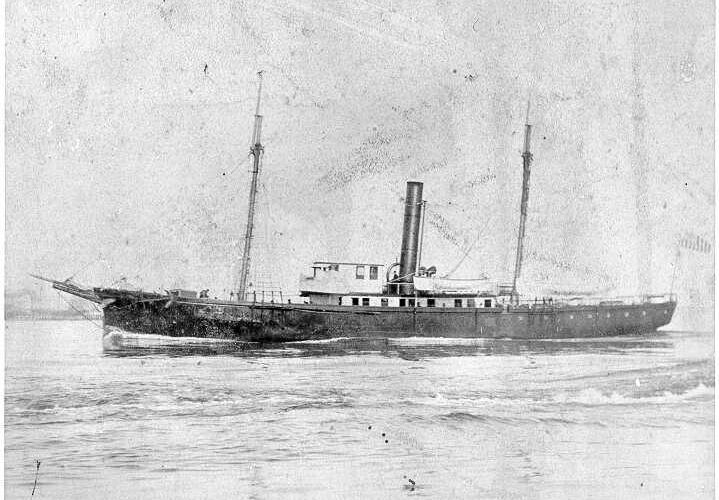
Charles Jones Soong—Cutterman and Powerful Chinese Patriarch
From the Long Blue Line, by William H. Thiesen, Ph.D., Coast Guard Atlantic Area Historian
Breadcrumbs
Subpage Navigation
Charles Jones Soong is the most famous individual of Chinese ancestry to serve in the United States Coast Guard. However, his fame is little known in the U.S. compared to his celebrity in the Far East. Soong led an extraordinary life and, as a young teen, he began a journey that would lead him from his home in China around the globe to the United States, where he became a Coast Guardsman. After living a few years in the U.S., he would return to his homeland to become one of the most influential men in late 19th-century China.
Born Han Chiao-shun in 1863, Soong came from Hainan Island, the southernmost province of modern China. His family had been itinerant maritime traders along the coasts of China and Southeast Asia. In 1878, he traveled to the United States to join an uncle who ran a tea and silk shop in Boston. Soong was an ambitious young man and grew bored with life as a shopkeeper, so after working a year for his uncle he decided to try something new. In January 1879, at the age of 16, he stowed away aboard the revenue cutter Albert Gallatin stationed on the Boston docks.
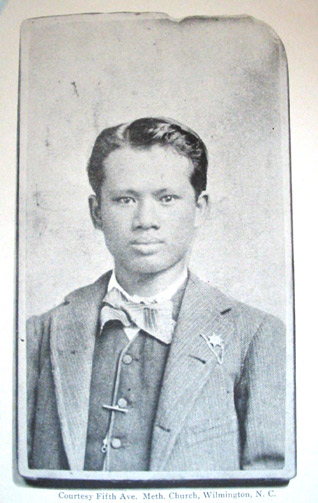
Credit: Duke University Libraries
Portrait image of Charles Jones Soong in civilian attire, photographed in 1880 at Wilmington’s 5th Street Methodist Church.
Cutter captain Eric Gabrielson commanded the square-rigged steam cutter Gallatin, and it was Soong’s great fortune to stow away on Gabrielson’s cutter. Before becoming a Revenue Cutter Service officer, Gabrielson had emigrated from Norway and distinguished himself in the Union Army during the Civil War. He was a reserved religious man who had spent most of his life on the sea. Under his command, Gallatin sailed out of Boston patrolling the coastal waters from southern Massachusetts to Portsmouth, New Hampshire. In 1884, he would receive national acclaim for the daring rescue of the City of Columbus, when that passenger steamer went ashore on Martha’s Vineyard Island.
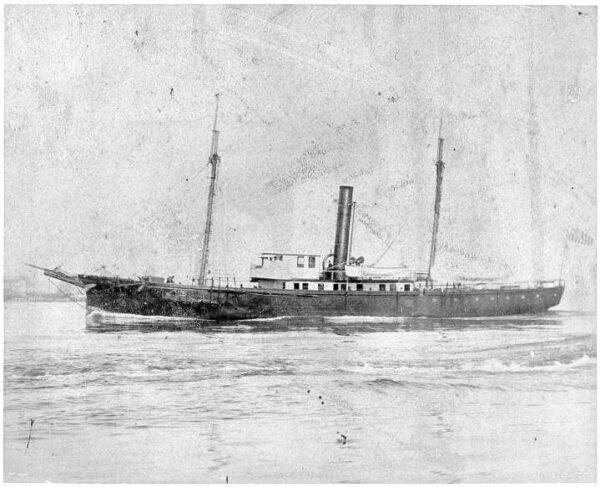
Credit: U.S. Coast Guard
In early 1879, Soong signed-on to the revenue cutter Albert Gallatin, stationed in Boston, under the command of Capt. Eric Gabrielson. Soong served aboard the Gallatin for over a year.
Captain Gabrielson signed on Soong at the enlisted rate of “Ship’s Boy.” Seemingly insignificant at the time, this event would drastically alter Soong’s life and change the course of Chinese history. Gabrielson admired Soong’s ambition and resourcefulness and the two struck up a strong kinship. Soong served under Gabrielson for over a year on board Gallatin. During that time, the cutter aided many vessels in peril in the stormy seas off Massachusetts. In the March gale of 1879 alone, Gallatin went to the rescue of five distressed vessels. Under Gabrielson’s skilled leadership and direction, the cutter never lost a soul in all of her heavy-weather rescue operations.
In 1880, the service transferred Gabrielson to the command of Cutter Schuyler Colfax, homeported in Wilmington, North Carolina. Soong followed Gabrielson, receiving a discharge from the Gallatin then re-enlisting with Gabrielson on board the Colfax in July 1880. Soong attended Wilmington’s 5th Street Methodist Church with Gabrielson. There he converted to Christianity in November, becoming the first Asian individual baptized in North Carolina. It was at this time that he adopted the Anglicized name of Charles Jones Soong and began Christian studies under the church’s minister.
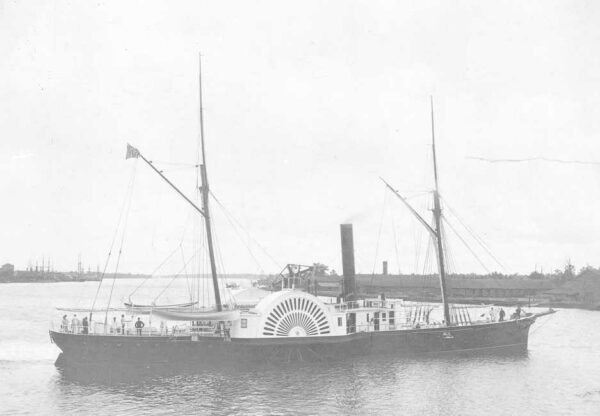
Credit: U.S. Coast Guard
In 1880, Soong followed Capt. Gabrielson to his next assignment, the revenue cutter Schuyler Colfax, stationed in Wilmington, North Carolina.
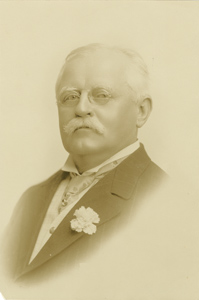
Soong met and befriended many church members who were impressed by his intelligence and ambition and supported him in his pursuit of religious studies. In 1881, Gabrielson arranged Soong’s discharge from the service to attend North Carolina’s Trinity College, now known as Duke University. In 1882, Soong began his studies, becoming the first international student at Duke. At the same time, Soong met tobacco and textile magnate Julian Carr, who became a close friend and associate and supported Soong financially throughout their life-long friendship. After completing his studies at Duke, Soong undertook studies at Vanderbilt University, in Nashville, where he earned a degree in theology in 1885.
In 1886, at the age of 23, Soong returned to China as a missionary. He settled in Shanghai, and, with the support of Carr, he began a Bible-publishing business, which grew very profitable and expanded into other business lines. With Carr’s help, Soong became an important businessman and power broker in China. He also married and started a family, raising six children and sending each of them overseas for a college education.
Soong’s offspring figured prominently in the political and economic development of modern China. His daughter Ching-ling Soong married Dr. Sun Yat-Sen, founder and first leader of the Chinese Republic and she later gained renown as “Mother of the nation” in the People’s Republic of China. Daughter Mei-Ling Soong married Nationalist Chinese leader Generalissimo Chaing Kai-Shek, who ruled over China from 1928 until 1948. In 1949, the communist takeover under Mao Zedong forced Chaing to retreat to the island of Taiwan, where he ruled until his death in 1975. Ai-Ling Soong married Dr. H.H. Kung, a finance minister of China and, at the time, the richest man in China. Soong’s three sons became some of the richest men in the world, including Tse-ven Soong, who founded the Bank of China and became a world financial leader. Soong’s son Tse-liang Soong became a director of the World Bank and son Tse-an Soong became a director of the influential China Development Corporation.
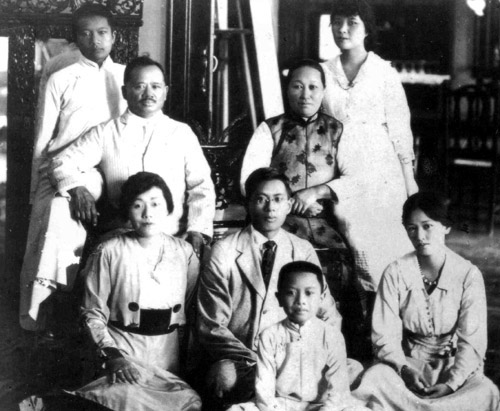
Credit: Wikimedia Commons
Charles Jones Soong with his wife and children in 1917.
Chiaio-shung Soong was a unique individual. Probably the first ethnically Asian Coast Guardsman to serve on the East Coast, Soong’s ambition and determination led him that January day in 1879 to stow away on a revenue cutter. He passed away in Shanghai in 1918 at the age of 55. Now known as the Fifth Avenue United Methodist Church, the 5th Street Methodist Church dedicated the Charles Jones Soong Memorial Building in in 1942. On 5th Avenue, the church also erected a granite marker in 1944, which reads:
Charlie Jones Soong, father of the famous Soong family of modern China, was converted to Christianity in the old Fifth Street Methodist Church, which stood on this site. He was baptized on Nov. 7, 1880, by the Rev. T. Page Ricaud, then pastor. One of his six children, Madam Chiang Kai-shek, whose Christian influence is world-wide, is the wife of China’s devout generalissimo and president. Erected in 1944.
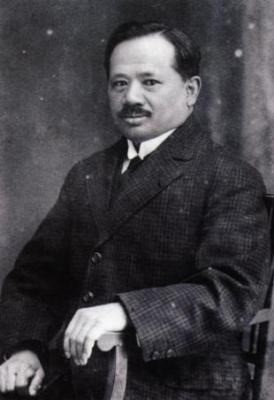
Credit: Opendurham.org
A posed image of Charles Soong photographed later in life.
Charles Soong joined the Revenue Cutter Service to become a member of the long blue line, and it changed his life forever. Soong’s experiences not only changed his own life, but also altered the course of modern Chinese history.
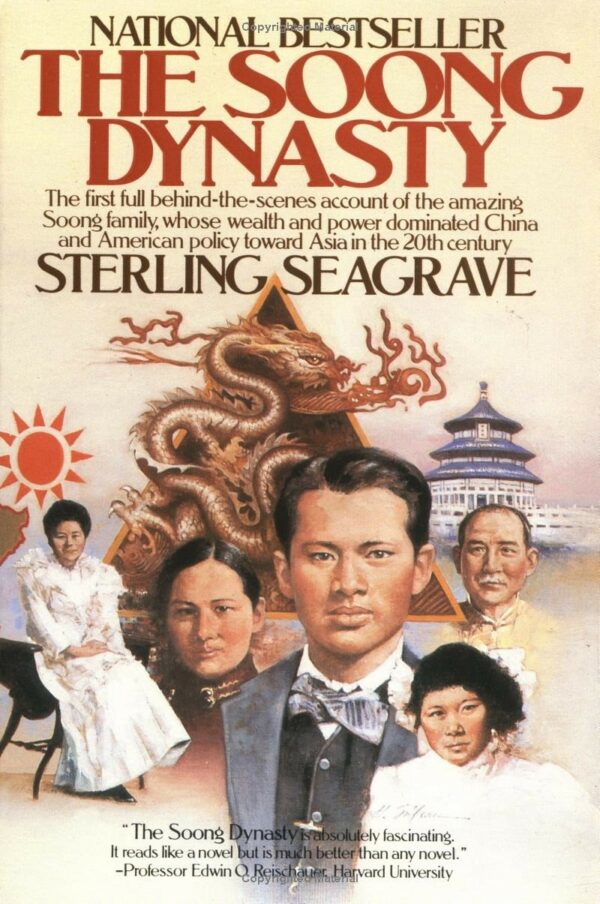
Book cover of bestseller The Soong Dynasty, by Sterling Seagrave, which recounts the story of Charles Soong and his powerful family.
National Coast Guard Museum insider tip: The history of the Revenue Cutter Service and Coast Guard, as well as the diversity of the sailors who crewed its ships, will be told throughout the National Coast Guard Museum.
